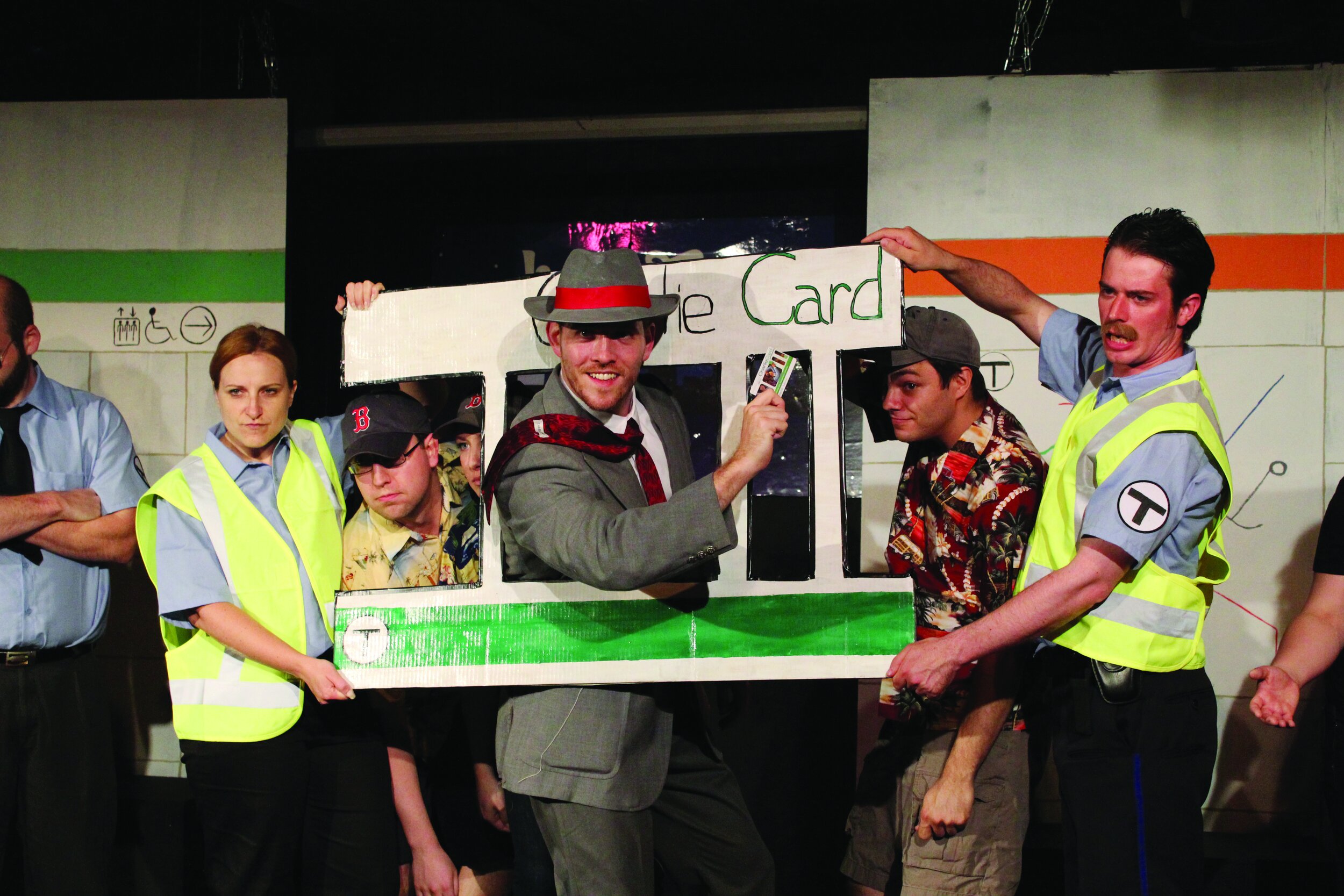An Artist’s Journey
by Melissa Carubia, 2005 Legacy Awardee
We are all familiar with the archetypal portrait of the artist: a tortured soul, alone, splattered in paint, ink or whatever the medium, shunning all company and callers for the sake of heeding the call of the muse. Feverishly working into the night, the artist of our vision only emerges from her isolation when the art is completed and once the work is received by the patron or benefactor, the artist retreats quickly to the solitude of creativity.
Though many artists enter into their craft hoping to live this somewhat romanticized life, the reality of our modern world requires a new outlook for the aspiring artist to be successful. In this age of economic uncertainty, fewer institutions are ready to take a gamble on new works of art. We see this in the recycling of shows and ideas on television and the remaking of iconic movies such as Footloose or the Karate Kid—capitalizing on nostalgia is a safe bet. Though many of these movies and shows flop, enticing the public to new tastes is somehow a larger risk. We see this fear of taking a chance in the finer arts as well. Revivals and shows based on already successful franchises dominate the bright lights of Broadway. We are more likely to see a famous name from the 18th century than the 20th century in the programming for an orchestra—let alone a brand new composer from the 21st.
So what is the path to success for new works? How can an artist who isn’t a household name make a living? How can one have work performed or displayed when what program directors are interested in are works that have already been performed or displayed? Artists come from the supportive environments of their studies only to be thrown into this disheartening catch-22.
In my own journey as a composer I often struggle with the issue of getting work performed. Unless you can guarantee a well-attended concert, proposals will be dismissed. Unless you can guarantee success, a brand new work will never get funding. It is not that the work doesn’t have merit; it is just too precarious a time for arts programs to be taking a gamble. Therefore, it is my job to show them that I am not a gamble, but a sure thing.
One avenue to garner support for a project is social media. For artists in the modern age, it is nearly impossible to function successfully without being a digital cheerleader for your own work. Blogs, Twitter, Facebook and websites are cheap and efficient ways to reach a wide swath of people. Excitement for a project can be created before presenting it to a venue and when the venue sees the potential audience, they will be more likely to green light the project. For some, a few hours spent in front of a computer screen seems like a distraction from the call of the muse, but if one wants others to share in her work, buzz must be created. Our world is so full of new voices that simply existing is not enough.
Similarly, networking can be just as important to creative success. Many composers live up to the stereotype of being misanthropes and this is unfortunate. Many gigs and commissions have come from animated conversations held with others in my field, from friends of friends who have heard about my music, or from strangers I have met at concerts. Simply creating is not enough. One must venture out and find her audience.
Some frown upon it, but doing penance in the pop cultural genre can give recognition as well. Writing jingles, composing commissions for church services, weddings, doing arrangements—all might not be the most intellectually stimulating of projects, but these kinds of efforts can open doors and wallets of potential benefactors. Similarly, finding a topic that matches the zeitgeist of our culture can give you an edge in becoming recognized. I recently wrote a musical on the subject of Boston’s much maligned public transit system, which played to sold out houses every night. The success of this show has allowed me to approach other venues with a track record of success.
Social media, networking and writing popular pieces can open doors to true creative freedom. Though the days of the solitary artist of our vision may be coming to a close, a new age of connection and expression is upon us. Art is meant to be shared and now that very philosophy is the path to achievement.
MELISSA CARUBIA, 2005 Legacy Winner from the Longy School of Music – Melissa Carubia is a composer and teacher living in Newton, MA. She holds a Masters in Composition from the Longy School of Music, where she was the winner of the annual Orchestral Composition Contest. She is an actor and musical director for Urban Improv, a non-profit dedicated to fostering self-esteem and preventing violence among inner-city youth. She also is a professor of physics at the Boston Architectural College.




